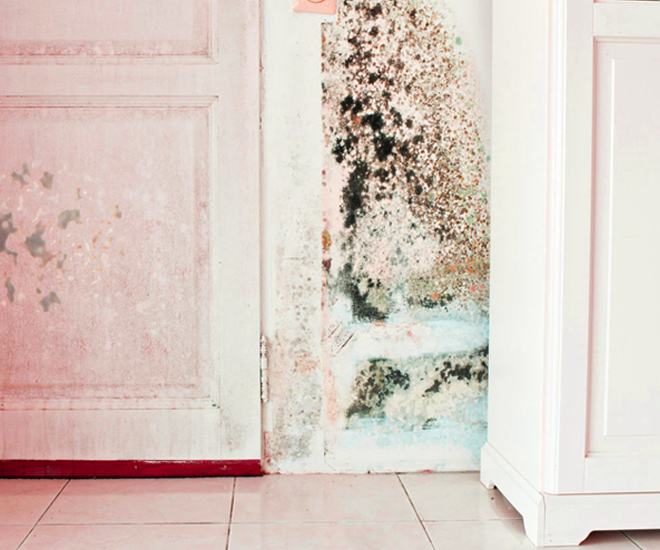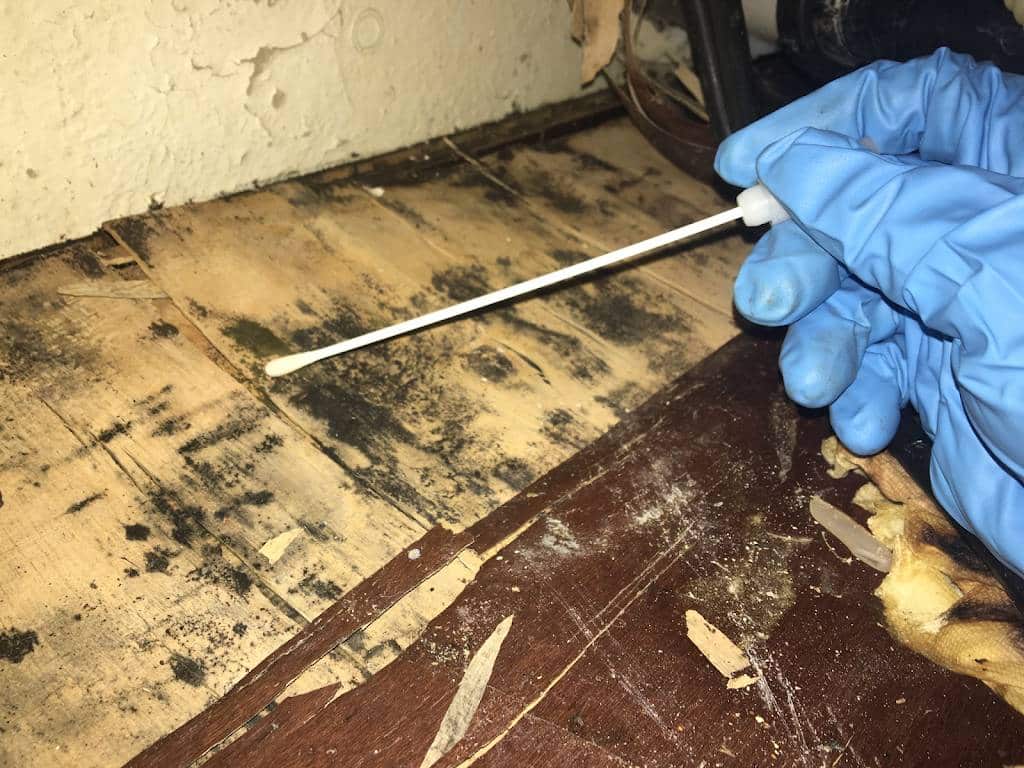Crucial Steps After Mold Remediation
Crucial Steps After Mold Remediation
Blog Article
Effective Message Mold Remediation Solutions for Your Home
Mold development in homes can be a consistent issue, usually calling for a methodical approach for effective post-remediation solutions. From understanding the aspects that add to mold and mildew development to executing proper cleansing strategies and moisture control steps, the procedure can be intricate yet vital for preserving a healthy and balanced living atmosphere. Furthermore, discovering natural remediation services and developing a regular for recurring maintenance are crucial parts of a thorough mold removal approach. As homeowners make every effort to address mold and mildew issues, discovering one of the most reliable remedies comes to be critical for the health of their families.
Understanding Mold And Mildew Development Aspects
The key factor contributing to mold and mildew development is wetness. Mold and mildew spores need moisture to germinate and thrive, making moist or humid atmospheres extremely prone to mold and mildew problems.

Additionally, airflow and light direct exposure can influence mold development. Locations that lack proper air flow and natural light are much more susceptible to mold development. By resolving these aspects comprehensively, individuals can properly mitigate mold and mildew development and secure their living settings.
Correct Mold Cleaning Strategies
Making use of efficient cleansing methods is crucial in protecting against the reappearance and resolving of mold contamination in indoor atmospheres. When dealing with mold, it is crucial to focus on safety and security by using safety gear such as handwear covers, masks, and safety glasses. The initial action in proper mold cleansing is to contain the damaged area to stop the spread of spores to uncontaminated areas. This can be attained by sealing the area and making use of air scrubbers or negative air devices to maintain air high quality.

Carrying Out Dampness Control Measures
To properly stop mold development and contamination in interior atmospheres, applying wetness control steps is extremely important. Moisture is the key aspect that fuels mold and mildew development, making it important to manage moisture levels within the home. One reliable procedure is to use dehumidifiers to mold removal kitchen cabinets maintain interior humidity levels below 60%. In addition, guaranteeing proper ventilation in areas prone to moisture accumulation, such as shower rooms and kitchen areas, can help in reducing the threat of mold and mildew growth. Routinely inspecting and repairing any kind of leakages in plumbing, roof coverings, or home windows is additionally important in preventing excess moisture build-up. Making use of exhaust fans while cooking or bathing, and permitting air flow by keeping furnishings a little far from walls can help in moisture control. Furthermore, making use of moisture-resistant materials in high-humidity areas, such as mold-resistant drywall and paints, can be advantageous. By carefully carrying out these moisture control procedures, home owners can efficiently lower the chance of mold recontamination and keep a healthy interior setting.
Making Use Of All-natural Remediation Solutions
After successfully executing wetness control steps to avoid mold growth in interior settings, home owners can now check out the effectiveness of natural removal remedies in preserving a healthy living room. Natural remediation services make use of eco-friendly techniques to fight mold and mildew, making them a prominent choice for those seeking non-toxic alternatives. One such option is using vinegar, an all-natural antimicrobial agent, to disinfect and tidy surface areas contaminated by mold and mildew. Simply thin down vinegar with water and spray it onto the affected locations, allowing it to rest for a couple of hours prior to wiping clean. Additionally, tea tree oil, understood for its antifungal properties, can be combined with water and splashed onto mold-infested surfaces to inhibit additional development. One more natural alternative is hydrogen peroxide, which can properly kill mold on different surface areas without leaving unsafe residues behind. By including these natural remediation options into their cleansing routines, property owners can successfully fight mold and mildew development while promoting a healthier interior setting on their own and their families.

Keeping a Mold-Free Setting
Frequently evaluating areas prone to mold and mildew growth, such as bathrooms, kitchens, attics, and basements, is vital. Appropriate ventilation in areas with high moisture levels is additionally crucial to avoiding mold and mildew growth.
Additionally, preserving tidiness in the home is crucial for mold and mildew prevention. Keeping indoor plants in check and making sure correct drain in outdoor landscaping can decrease dampness accumulation, decreasing the chance of mold infestations.
Final Thought
To conclude, it is important to deal with mold development variables, use proper helpful resources cleaning strategies, carry out wetness control steps, use natural removal remedies, and maintain a remove mold on fabric mold-free atmosphere in order to effectively manage post mold removal in your house - what to do after mold remediation. By adhering to these strategies, you can prevent mold from repeating and guarantee a healthy and balanced living atmosphere for you and your household
The main variable adding to mold development is dampness. Mold and mildew spores call for moisture to grow and sprout, making humid or damp settings highly prone to mold and mildew invasions.To successfully stop mold and mildew development and contamination in interior environments, implementing wetness control actions is critical. Furthermore, making certain proper ventilation in areas vulnerable to moisture buildup, such as kitchens and restrooms, can help reduce the risk of mold and mildew development.After effectively executing moisture control procedures to avoid mold growth in interior settings, property owners can currently check out the efficiency of natural removal solutions in preserving a healthy and balanced living space.
Report this page